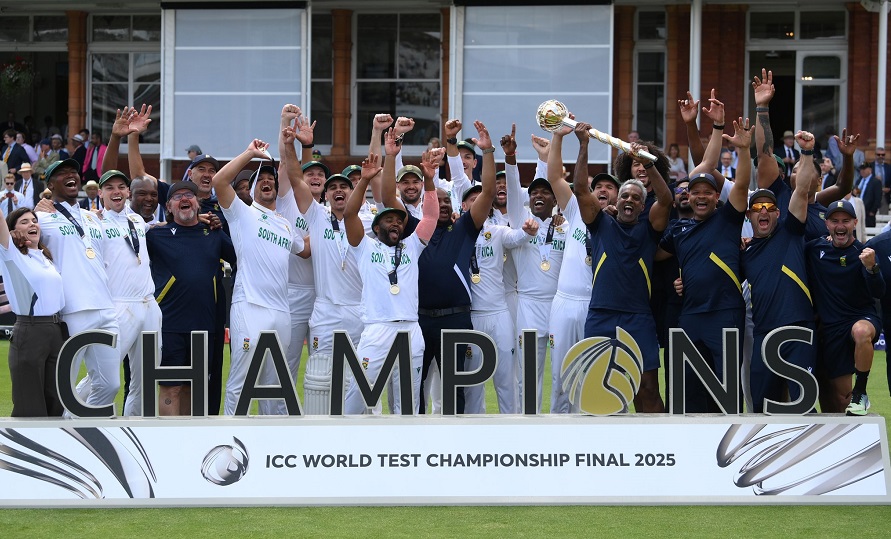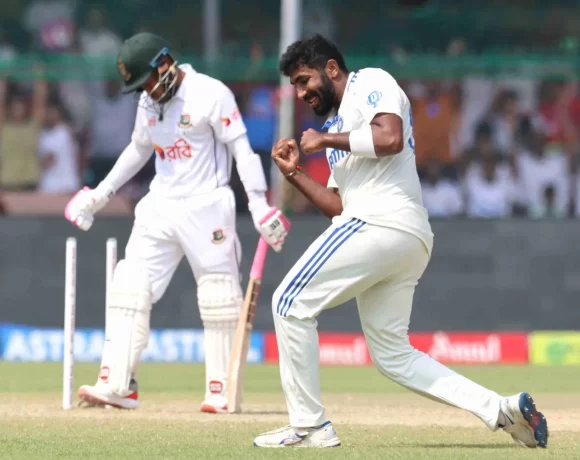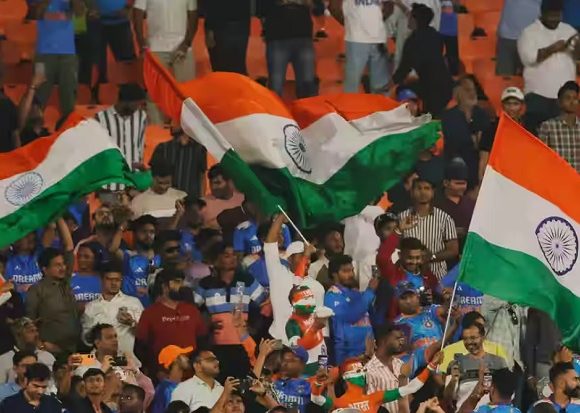
ICC Brings Stop-Clock, Saliva Clause & DRS Tweaks to Tests
The International Cricket Council (ICC) has introduced a major set of rule changes to its playing conditions across formats, including Test cricket, in a move to enhance the pace, fairness, and clarity of the game. These changes are part of the 2025–27 cycle and are applicable immediately in Tests and from July 2 in ODIs and T20Is.
Stop-Clock Rule for Tests
A stop-clock mechanism will now be in place in Test matches. Fielding teams must start a new over within 60 seconds of the previous one ending. If the time limit is exceeded twice in an innings, warnings will be issued. Upon the third offence, a five-run penalty will be awarded to the batting side. Warnings will reset after every set of 80 overs, and the rule will be monitored by the on-field umpires using stopwatch devices.
This move is aimed at tackling slow over rates in Tests and aligns with previously trialled implementations in limited-overs formats. It signals the ICC’s effort to ensure Tests remain engaging and efficient without compromising the format’s traditional rhythm.
Saliva Rule and Ball Change Revisions
While the post-COVID ban on saliva remains in force, the ICC has added more clarity to enforcement. Umpires are no longer required to change the ball if saliva is accidentally applied, unless it visibly alters the ball’s condition. If the ball later becomes unsuitable and cannot be used further, the batting team will be awarded five penalty runs. This nuanced approach balances hygiene protocols with common-sense flexibility.
DRS Enhancements and Catch Protocols
The Decision Review System (DRS) will now adopt a chronological review structure when multiple modes of dismissal are involved. For example, in the case of a catch and LBW appeal, the third umpire must first rule on the earlier event.
In an important tweak, if the on-field umpire gives a batter out caught behind and a review shows there was no bat contact but the ball struck the pad, the system will assess for LBW. If that is deemed “umpire’s call,” the batter will still be ruled out—preserving the integrity of the original decision.
Additionally, in the event of a no-ball followed by a catch, the third umpire will still determine whether the catch was clean. However, the batter will only be given out if the catch is valid and the no-ball is reversed for any reason. Otherwise, the standard penalty for the no-ball applies.
Penalties for Deliberate Short Runs
Deliberate short runs now carry an added tactical penalty. Apart from the usual five-run penalty, the fielding captain will have the authority to decide which batter takes strike on the next delivery, giving teams greater control in such scenarios.
Injury Substitutes in Domestic Cricket
In a new provision for domestic first-class matches, players suffering visibly clear injuries (not including cramps or fatigue) can now be replaced permanently with a like-for-like substitute. This rule aims to reduce risk to players while preserving the competitiveness of the match.
These updates from the ICC represent a calculated effort to refine the game’s flow and procedural transparency while addressing both technical and player welfare concerns. As the changes roll out across formats, players and fans alike will witness a more streamlined and responsive version of international cricket.


















